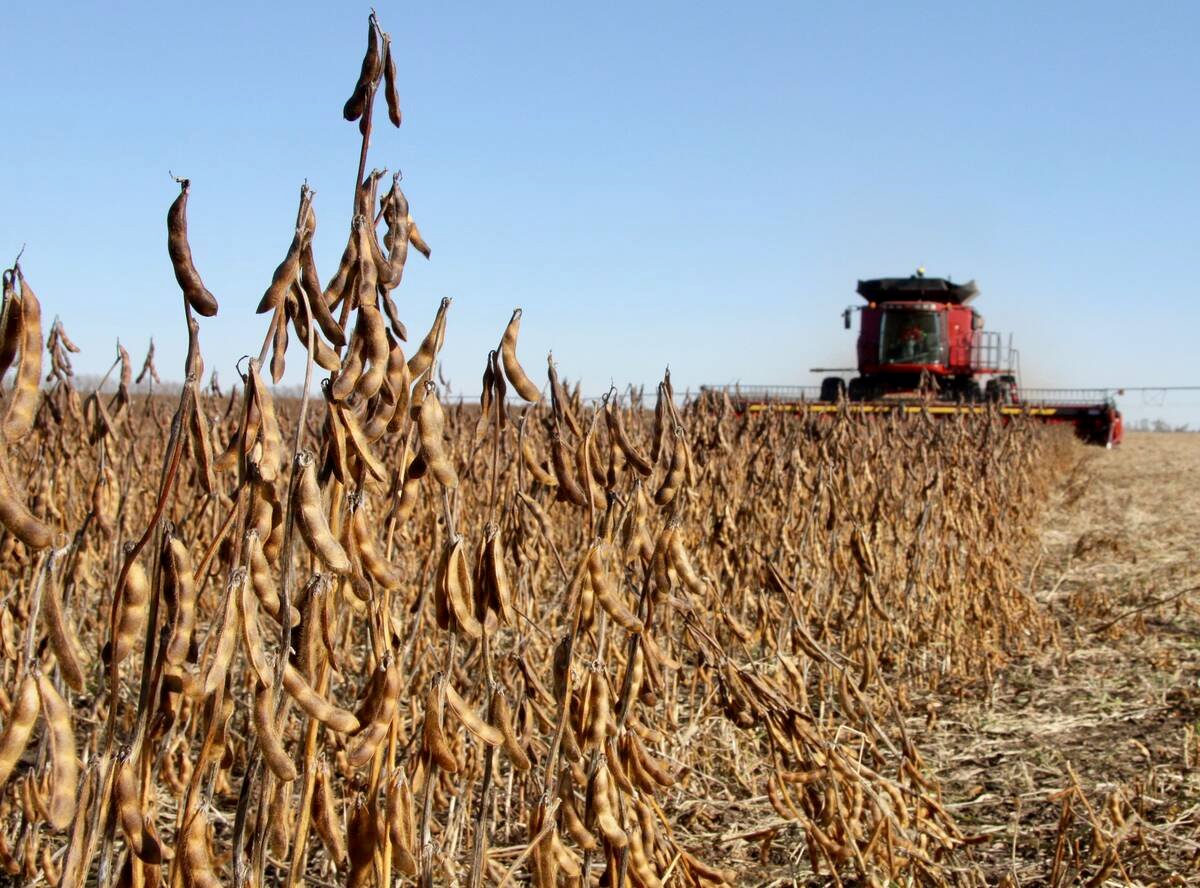TABER , Alta. – Just before Christmas, Jeff Bronsch put on a Santa hat and delivered five pound bags of potatoes to people in Taber and area. In early January, he delivered potatoes to area restaurants.
Bronsch, technical director of the Potato Growers of Alberta, was seeking consumer and chef opinions on 24 different potato varieties in terms of taste, texture and cooking traits. The culinary careers program at Lethbridge College was also asked for input.
“The idea is to let consumers know that there are other varieties available,” said Bronsch. If consumers take a liking to different varieties and ask for them in stores, it could diversify the number of varieties grown by Alberta potato producers.
Read Also

U.S. soybean crop was not all roses this year
The USDA is forecasting record U.S. soybean yields but for some growers it was a disastrous year due to excess moisture.
In Alberta, most seed potatoes are produced in central Alberta. In southern Alberta, most growers contract their crops to large processors. The fresh potato market is more volatile, said Bronsch, which limits the risk growers are willing to take.
“Typically the fresh market is under produced,” he said. “Most fresh potatoes here are imported.”
If there was consumer demand for different varieties, it could reduce the risk for growers interested in producing for the fresh market and they could expand their acreage.
“They just want to make sure they are growing a product they can sell,” Bronsch said.
Though most people can likely name only a few types of potatoes, 192 varieties were grown in Alberta last year.
With assistance from Alberta Agriculture and various potato farms and growers, Bronsch orchestrated Lethbridge area tests plots of 36 different varieties in the 2010 growing season.
After culling for appearance, he ended up with 7,000 lb. of 24 different varieties.
Most of the potatoes used in restaurants are Russet Norkotah, but Bronsch said there are better tasting varieties. His plan was to show that to consumers.
Recipients of his potato presents responded with comments to a PGA email address.
“It’s all been good,” said Bronsch. “I think people were very pleased to get something that was different. I don’t think there were any potatoes there that they wouldn’t like.”
More data will be needed before changes occur, among them selection and testing of varieties based on agronomic traits. The 2010 test was based mostly on appearance as a starting point. Bronsch is hopeful that the trials will continue next year.















